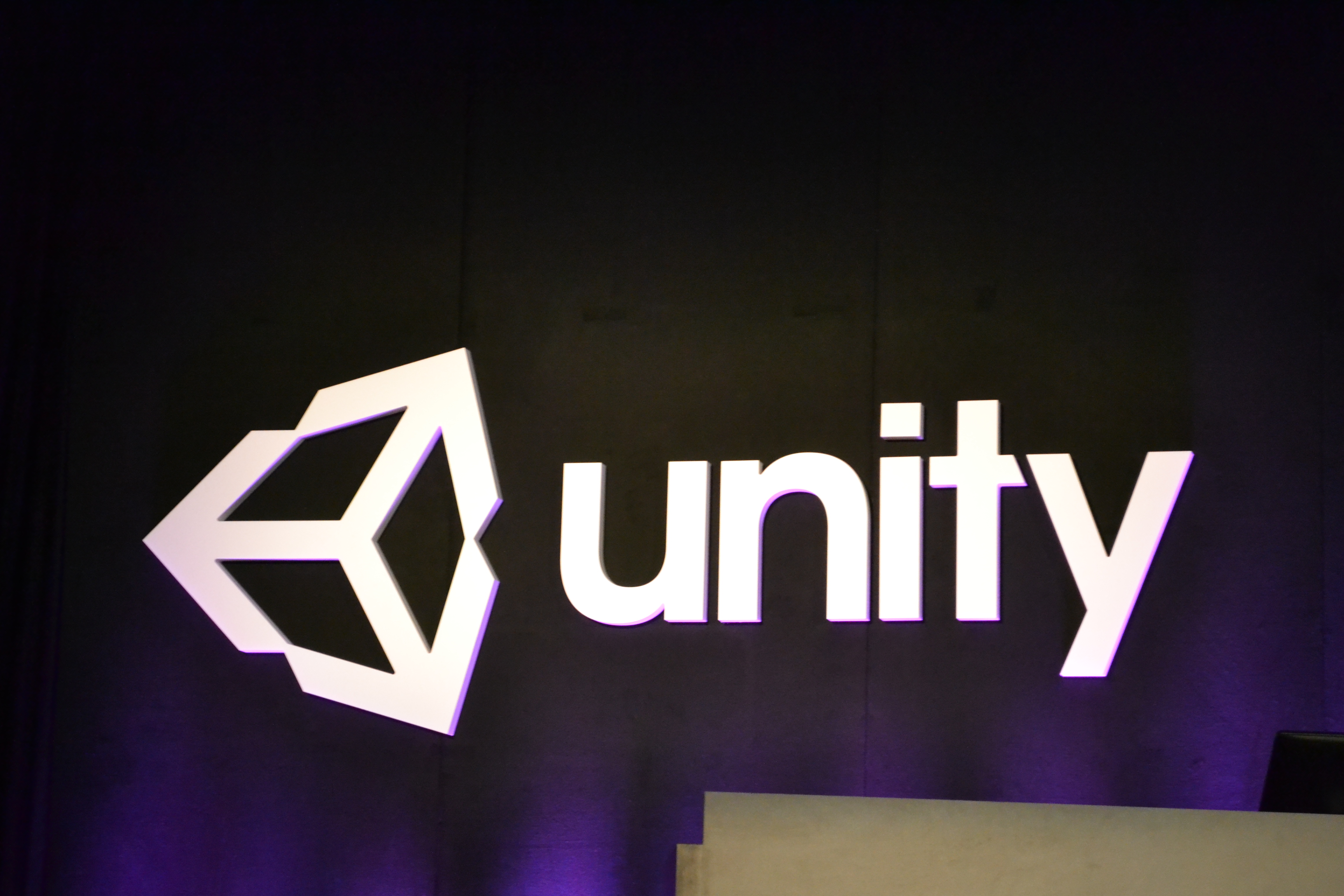Unity Unveils Version 5.6, Unity 2017 Engines, Adds XR Foundation Toolkit For VR Development
Unity revealed at GDC 2017 a new version of its namesake game engine. With Unity 5.6 developers will have access to a new API as well as additional VR platforms for their mobile games. A new market will also be available, and those working on VR titles will get a head-start with a new toolkit.
More API, More VR
Vulkan is still a fairly new API, but it can be a great option for developers as it reduces the overall overhead in the development stages while also increasing performance in the final version of the game. Now, mobile game developers can use the API to get better performance from their games. One slideshow during the presentation showed two versions of the same game with one Samsung Galaxy S7 smartphone utilizing OpenGL ES and another S7 phone with Vulkan running. According to Unity, the phone using Vulkan showed a 10-15% reduction in battery usage, which can make it an appealing choice not just for developers, but for players who fear running out of battery life while playing a game on the go.
Unity 5.6 also comes with support for Google Daydream and Cardboard. Along with high-end VR platforms such as the Oculus Rift and HTC Vive, there is a rise in content for mobile VR. The addition to Unity means that more developers can use the engine to create even more mobile VR content.
The engine’s EditorVR package also received an update. Since the package's alpha release in December, it was downloaded over 6,000 times in order to help developers create their VR games within the virtual world. With the release of 5.6, it will receive the XR Foundation Toolkit, which provides developers with the basic tools to create VR experiences so that they don’t have to build it from scratch. According to Clive Downie, Unity’s chief marketing officer, the toolkit contains content not just from the company, but from fellow developers as well. Additional content in the form of tools and plugins will continue to be added after the toolkit is launched. An open source beta is planned for the near future, as is a public roadmap.
The Next Unity Engine
Version 5.6 marks the end of the company’s two-year stint with the current version of the engine. In April, the company will begin a beta version of the next version of its engine, called Unity 2017. Aside from more improvements for programmers, the new version will also have some focus towards designers and artists as well.
One such example was the new Timeline feature, which lets developers control cinematics and scripted events. Within the program, designers can control the camera angle in a specific scene. Afterwards, the camera zooms back to its original position for gameplay. The transition is seamless, but the attractive part of the entire program is that there isn’t any programming script required to manipulate the camera or any of the cutscenes. In a way, it’s almost akin to the UI of Adobe Premiere Pro, and developers can drop in assets as needed to improve or add content. One sub-feature that Downie singled out on Timeline was its ability to extract and list all of the developer’s available animations. From there, a single person can add specific camera angles to an animation in an instant. In the past, a developer had to not only set the camera in the scene, but also create or implement a script that would allow for specific camera movements when the character hit a specific trigger in the area. With Timeline, the need for programming script is gone, and you can easily add any camera movement or angle you want by simply dropping it in the scene.
Two Engine Versions In 2017
The beta for Unity 5.6 is available today and is set to officially release on March 31. The beta for Unity 2017 will begin one month later. One might think that Unity is spreading itself thin with two versions of its engine this year. However, Downie believes that those using version 5.6 will eventually move on to Unity 2017 at some point.
Get Tom's Hardware's best news and in-depth reviews, straight to your inbox.
“It’s a question of when, not if,” he said. “That’s how we also think about support as well. If you think about [version] 5.6, we already committed that 5.6 will release patches...for 12 months. Customers on 5.6 are going to benefit from critical patches for 12 months...but Unity 2017 will be available from beta anyway in April, and there will be a launch cycle after that. The two [versions] will run concurrently to make sure we service the maximum needs from developers, be they first-time developers just starting production, mid-production, or live. At some point, you are going to want [Unity 2017] because it will undeniably allow you to create better products.”
Unity will undoubtedly release more information on both version 5.6 and Unity 2017 in the coming weeks, but developers can now get a taste of 5.6 through the beta program. If you want to see this morning’s keynote in full, you can watch it on Unity’s website.
Rexly Peñaflorida is a freelance writer for Tom's Hardware covering topics such as computer hardware, video games, and general technology news.


